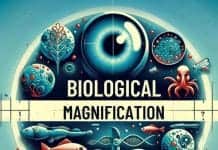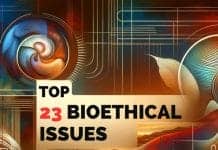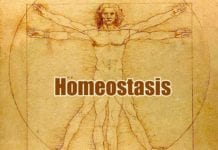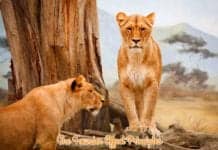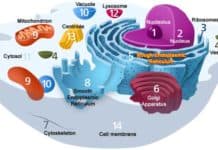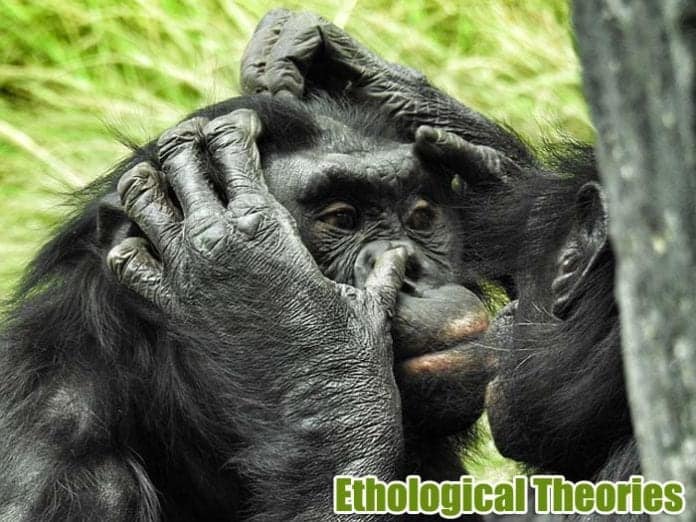
Ethological Theory: In biology, behavior is referred to as the way by which living things react to different stimuli in the environment. The study of the behavior of living organisms can be sometimes problematic because it poses numerous practical and theoretical questions that can be answered from different perspectives.
In fact, there have been a lot of theories that attempted to explain behavior yet verifiable and scientific evaluations remained elusive.
In contrast to existing theories of behavior, a popular theory formulated by Frisch, Lorenz, and Tinbergen has succeeded in breaking various stereotypes: the ethological theory.
In this post, we’ll explore what ethological theory is, its development through the years, its evidences and examples, as well as the criticisms it has received. Here, also find out how this theory led to the realization that life, behavior, and survival are all interconnected.
Table of Contents
What is Ethology?
The word ethology[1] comes from the Greek word “ethos” meaning character and “logos” meaning “study of“, and from the Latin word “ethologia” which means “mimicry” or the art of depicting characters by copying behaviors. Ethology[2] involves the study of animal behaviors by observing, describing, and evaluating them in the natural setting.
- Ethology, unlike any field that study behavior, ethology does not only consider the environmental factors that affect behavior but focuses more on the physiological, genetic, and evolutionary factors that affect these actions.
- The theory of ethology was collectively proposed by three European scientists[3] Karl von Frisch, Konrad Lorenz, and Nicolaas Tinbergen[3]. The three won the Nobel in 1973 for such scientific contribution.
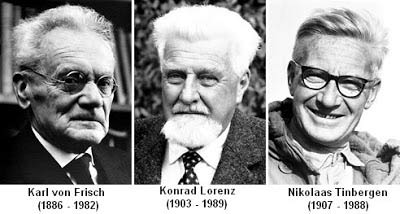
![]()
Development of The Theory
During the 1950s, the history of the ethological theory can be traced back when Lorenz and Tibergen observed the egg-rolling response of a greylag goose. When a mother goose is incubating and somehow realizes an egg near the nest, its attention is stirred and then tries to roll the egg back to the nest. When the egg is already recovered, the mother goose returns to incubate again.
- The two began to observe that such behavior is an example of an innate and stereotype pattern of movement.
- In the 1960s, the ethological theory was first applied to study the behavior of children. Since then, the theory has become more influential and has been applied to research on adult behavior as well.
![]()
Evidence Used For Theory
The most famous example for the ethological theory is the so-called filial imprinting[4]. In this phenomenon, a young animal inherits most of its behavior from its parents. Again, Lorenz had utilized the greylag geese as his test subject. Check out this awesome video on this experiment.
- He observed that not long after the young geese were born, they have a short opportunity to discover who their mother is. He made sure that he would be the first object the young would see. During this period, the learning of these young geese were so sensitive that even when they were exposed to their own biological mother, they would follow Lorenz like he was the parent!.
![]()
Examples of The Ethological Theory
In humans, the phenomenon of filial imprinting occurs even earlier. It generally starts when the embryo itself begins to recognize the own voices of its parents. Like the geese, there is also a period in human development where the child is very sensitive to information and the exposure to these bear huge impacts in the course of development.
- This is called the critical period. It is believed that the absence of a critical period in a child’s early life can make it hard for him to develop some functions later. One of the most famous examples of “critical period” for human children is the acquisition of language.
- “Attachment” is also an evidence since it promotes the survival of infants. Humans and other primates tend to develop certain signalling behaviors that attach themselves to their parents. Some of these include crying, smiling, and even babbling. Studies revealed that these mechanisms are innate and are not learned because children who were born deaf and blind also do the same things.
In addition to this, homosexuality is also believed to be governed by the ethological theory. Scientists in this field believe that the presence of homosexual members in the family increases the availability of resources to their other siblings. This then creates higher probabilities for other children with the same “homosexual gene” to survive better. This phenomenon though is still up for further studies.
![]()
Evolution and Ethological Theory
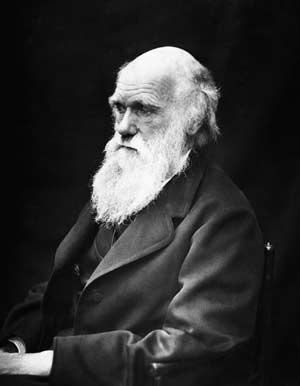 The study of behavior in ethology is based on two principles: changes in behavior to survive and heritable behavioral traits. Clearly, Charles Darwin’s work about evolution has become the foundation of this very theory. Darwin proposed that organismal traits and behavior are adapted to their natural environment in order to determine who will survive.
The study of behavior in ethology is based on two principles: changes in behavior to survive and heritable behavioral traits. Clearly, Charles Darwin’s work about evolution has become the foundation of this very theory. Darwin proposed that organismal traits and behavior are adapted to their natural environment in order to determine who will survive.
- For instance, this is where the ethological theory can be held in contrast with other theories about behavior: behavior is adapted for survival and is inherited by the succeeding generations.
- The ethological theory believes that animal behavior is linked to biological structure. It generally aims to utilize a neo-Darwinian principle by applying his theory in studying biological structures and behavior under the perspective of ecology.
At present, the study subjects of ethological theory involve a wide variety of organisms ranging from the smallest insects to humans. However, for much of its history, ethological theories have been used to evaluate experimental field studies.
![]()
Ainsworth Attachment Theory
Ainsworth attachment theory (devised by American Psychologist Mary Ainsworth) offers explanations on individual differences in attachment. As adults, when you are attached to some special one and you’re apart from that person, we can express our feelings through words however in infants and young children, the attachment can be observed by a technique created by Mary Ainsworth called SSC (Strange Situation Classification). Here’s an interesting video explaining this experiment:
![]()
Other Ethological Theories
Ethological Theory of Aggression: In simpler terms, Lorenz explained that the potential for aggressive behavior is built-in (innate) within all animals, but the actual aggression would be shown by external stimuli or triggers.
Fixed Action Patterns (FAP): Dutch biologist and ornithologist, Niko Tinbergen explained that all members of the same species exhibit the same identical behaviors (with no prior learning involved) no matter where they were raised[5]. Examples: all dogs bark; all cats meow, etc.
Criticisms About The Ethological Theory
Indeed, the ethological theory has greatly expanded the scope of the study about the causes of animal behavior. However, during its early days, it suffered from serious criticisms about its verifiability.
1. The Need For More Evidences
Questions regarding evidences about specific behaviors that ensures survival among species and the generalizations from behavioral patterns of humans likened to animal species arose.
- We have learned the answers to those questions. Some behaviors are just universal and generally vary depending on the social context. Additionally, the rise of the concept of “social context” has also brought things into different perspectives.
![]()
2. Ethological Theory Does Not Take Development in Consideration.
True enough, the theory does not consider that life occurs in different stages. As a result, no large changes of qualitative development are given attention to. Instead, the theory focuses only on the quantitative development.
![]()
3. Critical Period Fails To Explain Everything.
While the identification of the critical period is important in child development, it presents some limitations. One of these limitations includes the lack of explanation on why some humans become more careful to some of their experiences in their life.
![]()
After the rise of the ethological theory, most people have generally accepted that behaviors can be heritable in some form. However, we have seen that it still remained as a controversial theory, partly because it was believed to be so vague in explaining the range of observed, inherited, and manifested biological structures and behaviors of living organisms.
In addition to this, even supporters of the theory still hesitate at its seemingly non-progressive range of studies – a view that is seen as the biggest obstacle to the acceptance of its ideas.
![]()
Cite This Page
References
- [1] – “ethology | Origin and meaning of ethology by Online Etymology Dictionary”. Accessed October 13, 2017. Link.
- [2] – “What is ethology? | eNotes”. Accessed October 13, 2017. Link.
- [3] – “ETHOLOGY”. Accessed October 13, 2017. Link.
- [4] – “PSYSC613 – Ethology”. Accessed October 13, 2017. Link.
- [5] – “Fixed Action Patterns Fap in Animals | Actforlibraries.org”. Accessed October 13, 2017. Link.


